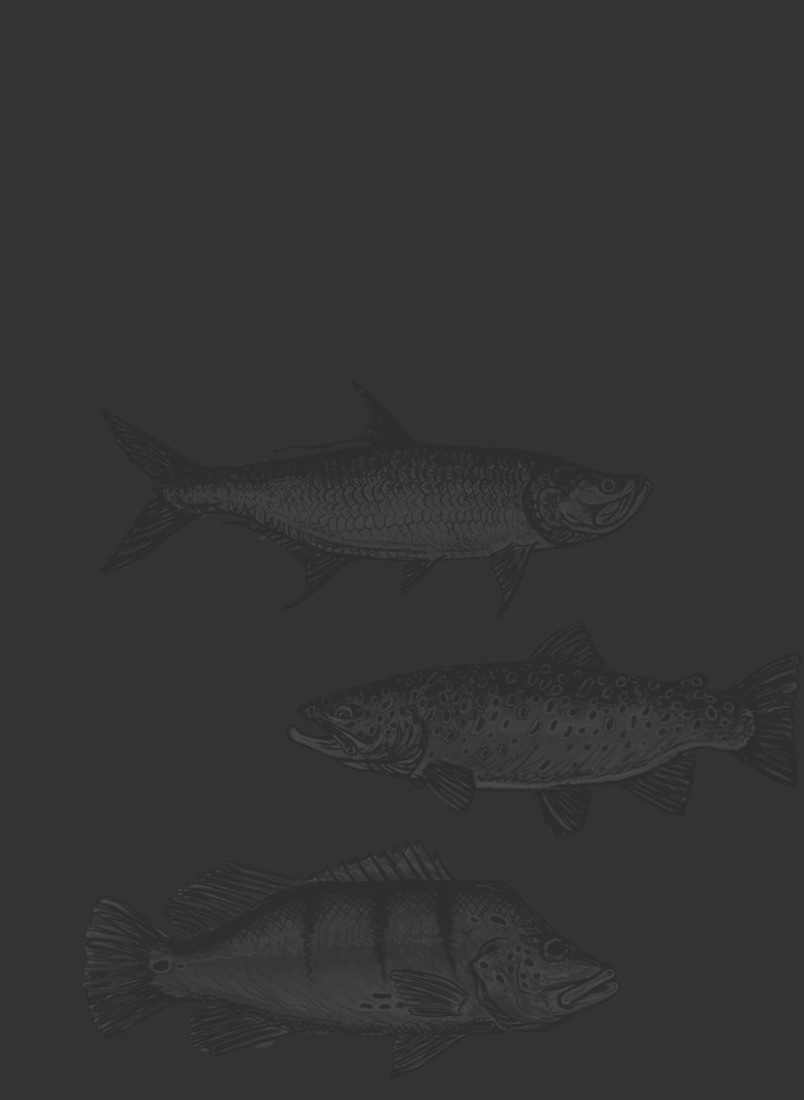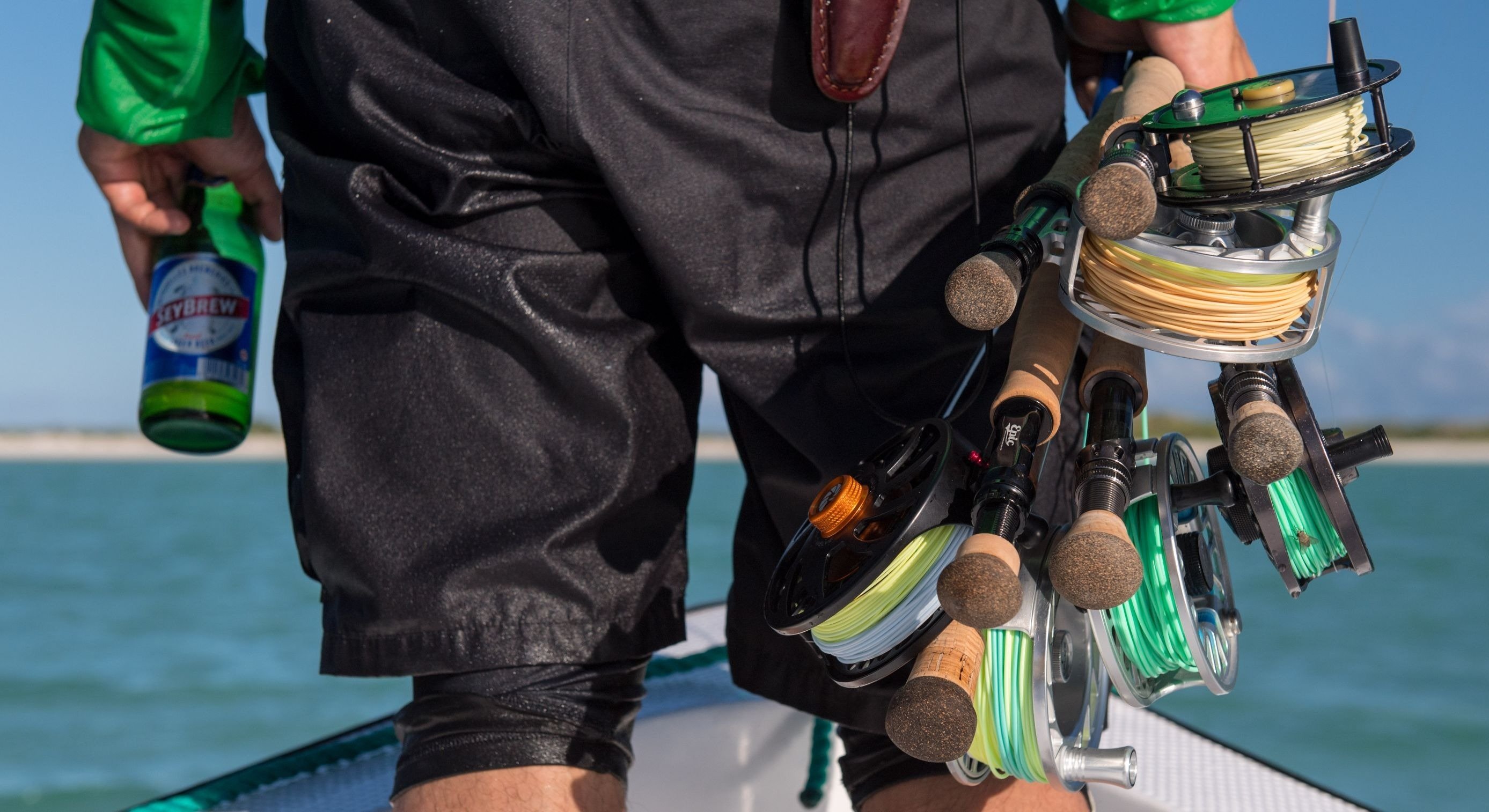Greg Vincent and Justin Rea know a few things about fishing for – and catching – permit. Justin is one of the most successful permit guides in the Florida Keys, and he’s put hundreds of clients onto these difficult fish in his many years of guiding.
Greg is the former co-owner of H2O Bonefishing on Grand Bahama and has fished for permit all over the world. Together, these two have won the Del Brown Permit Tournament in Key West three times (2009, 2011, and 2013) – the only anglers to-date to pull a hat trick in the tournament. Here’s what Justin and Greg have to say about successfully fishing for one of the most difficult species on the planet.

Rule # 1
Find yourself a good permit guide. Fish with a guide that has the knowledge and passion for this difficult fish and one that enjoys the hunt and all the nuances that are associated with permit. A few species are comparable to permit that requires as much teamwork to be successful, which means that communication is key.
Rule #2
Always trust your guide. Most often, he’s got a higher vantage point of the water than you. If not, he’s fishing for permit EVERY DAY and knows their mannerisms, movements, and how they feed.
Rule #3
The “Six P’s” – Prior Preparation Prevents Piss Poor Performance. Get in the habit of checking your excess fly line. Permit fishing can deliver very few opportunities in a day with long gaps between fish. Stay focused and always be ready. It’s not fair on your guide if he’s just poled you into the current and wind for an hour, puts you on a fish, and your fly is stuck in your sleeve when the shot presents itself.
Rule #4
Once your eyes lock on a permit, NEVER EVER take your eyes off the prize. Looking down to check your fly line after you have seen a fish is a fatal mistake most of the time, as you never spot it again.
Rule #5
“Fish for permit like you really don’t care.” Clear your head of clutter, stay calm, pick your exact target, and go for it. Hook it or spook it. Never any half measures. You need to be aggressive with the cast and be able to handle rejection. If you can’t take the heat, go for bonefish.

Rule #6
Know the depth of the water you’re fishing at all times, and always try to factor in the current direction. Try and have your fly pulling across the current or – better yet – down current whenever possible. Pulling up-current is not good.
Rule #7
While the specific fly pattern that you are fishing is important, the accuracy of the cast means so much more. Permit have no desire to travel great distances to eat a fly. There are, at times, exceptions to this rule, but overall, it applies 99% of the time. Accuracy and stealth of presentation are more important than anything else. There is just no getting around having the fly in exactly in the right place at the right time.
Rule #8
Notice that Rule #4 and Rule #8 are the same. Once your eyes lock on a permit, NEVER EVER take your eyes off the prize. Looking down to check your fly line after you have seen a fish is a fatal mistake most of the time, as you never spot it again.
Rule #9
On occasion, the permit is going to tell you exactly where to cast the fly. Sometimes you’ll find them on top or swimming mid-water. Sometimes swimming fast, slow, or at a dead rest – laid up on a coral head, for example. Any fish that is moving upward from the bottom should prompt an angler into stripping mode. If a fish is mudding with its snout in the grass, that fly stays dead-still once the fish has seen it.

Rule #10
To strip or not to strip? Imagine you are a crab, scared shitless! Every situation is different, but crabs will usually dive and hide when threatened. If you can read the permit’s body language, you’ll be able to tell if he saw the crab sink or not. If not, strip long and stop. Again, see if his body language shows that he’s seen the crab fly. If not . . . long strip again. You may have to do this a couple of times and either scare the fish or feed him.
Rule #11
Listen to the permit. Permit do talk in their own way. Watch a permit’s body movements at all times. Permit will tail on a fly just as if they were eating something real. Their tail will quiver, and you’ll be able to see it. Long strip until you are tight.
Rule #12
Once you present a fly to a permit, you need to get your line tight AS QUICKLY AS POSSIBLE. If you put your cast right on the money, the eat can take place very quickly. Even the tiniest amount of slack in your line is going to see the permit eat your fly, spit it out and head for the horizon. Get in touch with your fly as fast as possible but NEVER at the risk of making loud and erratic strips.
Rule #13
You can’t always wait for the bite. There are times when you just have to commit to the strike. The “quiver” is a beautiful thing to see, but don’t be watching . . . be setting! If you always want to feel every fish, then you’ll be missing a lot of eats.
Rule #14
The number one mistake permit anglers make is letting go of the fly line while delivering the fly to the fish. Keep the fly line in between your thumb and index finger while shooting the line. This way you can stop the fly just by pinching it to a stop. This will also allow you to get tight to the fly right away.

Rule #15
It does not matter how good of angler you are; you are simply NOT going to put the fly in the right place 100% of the time. Don’t agonize over the placement and waste time. If the fly does not land where you want to get it, re-cast and get it back in there ASAP. Be decisive.
Rule #16
Finally, take your time and slow down. Always stay within the limits of your ability and experience. An angler who can present a fly very well at 50 feet consistently and has the discipline to keep it that way will always out-fish the guy who can sometimes cast 75 feet.
Get Prepared For Your Upcoming Permit Trip:
+ Shop our Permit Equipment List
+ Shop All Permit Flies
Listen to these WAYPOINTS Podcasts:
+ Wil Flack: Tips and Tricks for Fooling the Black-Tailed Devil
+ Jesse Colten: The Xcalak Episodes - Part 1 of 2
































